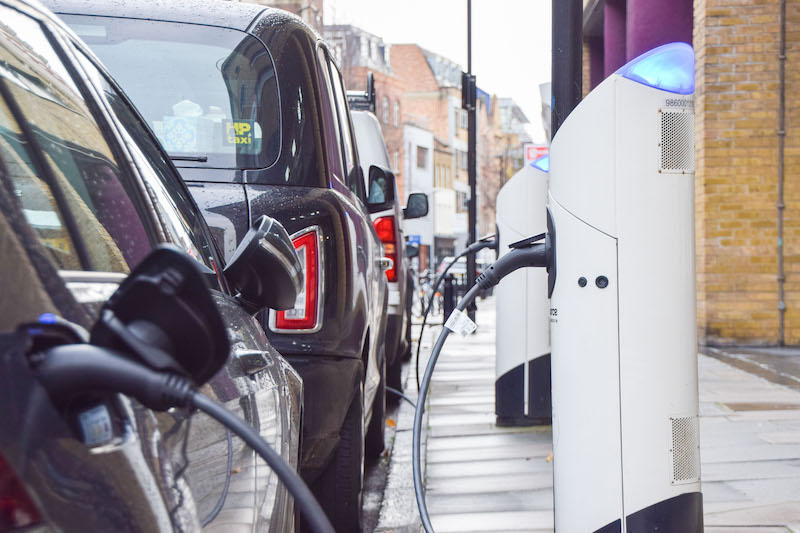Auto trends in 2024

EVs will continue to gain in popularity in 2024
A new year means new trends in the automotive industry. Check out the trends you can expect to see in the next 12 months.
The rise of EVs
The number of electric vehicles or EVs on our roads has been steadily growing over the last few years, and that’s only set to continue.
In 2023, the Government introduced the zero emissions vehicle mandate which sets out the percentage of zero emissions vehicles manufacturers will be required to sell each year until 2030.
According to the mandate, the UK will have the most ambitious framework for the switch to EVs in the world. It requires 80% of new cars and 70% of new vans sold in the UK to be zero emissions by 2030, and 100% by 2035.
In 2024, a minimum of 22% of all new cars sold must be zero emissions. This percentage will increase year on year until eventually all new vehicles are zero emissions, so you’ll be seeing a lot more EVs on the road in the coming months.
Self-driving technology
Although you won’t be seeing completely autonomous cars this year, the technology is quickly progressing and you’re likely to see more semi-autonomous cars on the road as the year progresses.
2023 saw the introduction of Ford’s BlueCruise, a feature allowing for ‘hands-off’ motorway driving. It’s expected that BMW and Tesla will also be rolling out their version of this technology in 2024.
Although, marketed as ‘hands-off’, it’s important you still pay attention to the road and your surroundings while using the technology.
Disruptions
There have been many supply and demand issues in the automotive industry in recent years, and this is expected to carry on through 2024.
The pandemic caused a lot of issues with the supply chain of various car parts, the effects of which are still being felt. One of the main issues is the lack of semiconductor chips.
Semiconductor chips are used in almost every computer system, including those in vehicles. When the demand for cars decreased dramatically during the pandemic, vehicle manufacturers stopped ordering the chips and, as a result, the chip manufacturers stopped producing them.
This problem is not an easy fix and it’s expected the effects of this supply chain issue will be felt throughout 2024 and perhaps the next few years.
Interconnectivity
With the rapid increase in 5G technology it probably won’t be long until it starts being implemented in more vehicle software. The latest mobile network technology enables greater connectivity within, and between, cars.
Tesla have already begun trialling a system that enables Tesla cars to connect with each other within a certain range via Bluetooth.
Elsewhere, Google joined up with Ford to equip millions of Ford and Lincoln vehicles with a built-in Android operating system from 2023. So, expect to see more of Google’s infotainment systems in cars soon.
Apple is reportedly considering an investment in Kia for a more ambitious project. There are plans for the two companies to create an autonomous Apple vehicle, although there has been no public announcement of a timeline yet.
Hydrogen fuel
While not mainstream yet, fuel-cell electric vehicles (FCEVs) are gaining traction.
The FCEVs don’t rely on a battery. Instead, they’re powered by a fuel-cell stack which is fed hydrogen and oxygen to create electricity through a chemical reaction. The best part is they don’t create any CO2 – the only byproduct is water.
They are also easy to refuel, taking roughly the same amount of time it takes to refuel a petrol or diesel car, and they even get roughly the same mileage, 300-400 miles on one ‘tank’.
Slowly growing in popularity, it’s expected for these cars to become more mainstream over the next few years.
If you want to find out more of what 2024 will bring, check out our blog on motoring changes of 2024.


